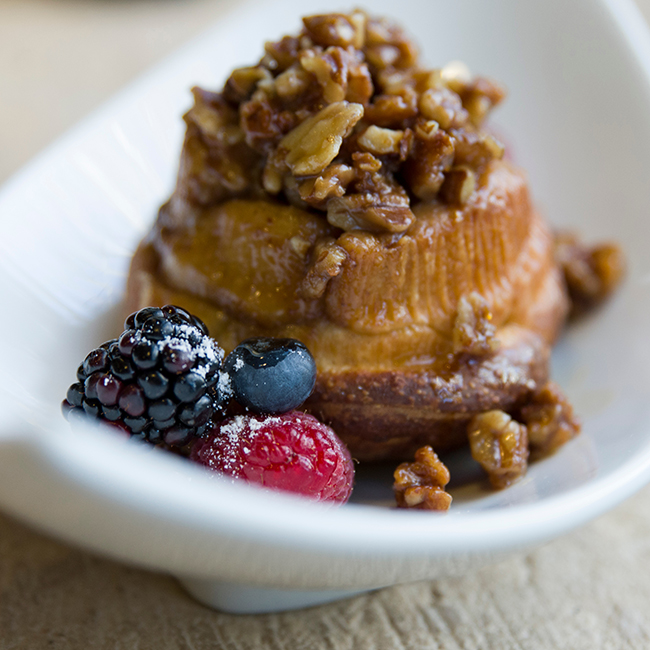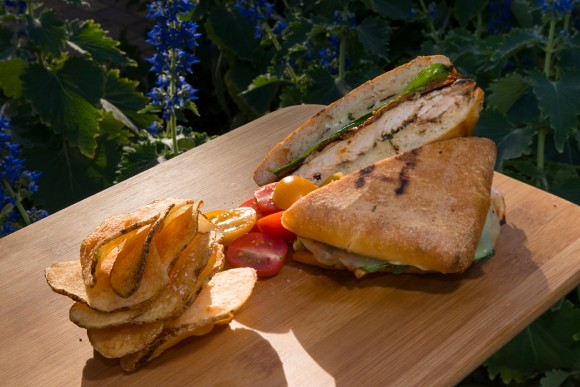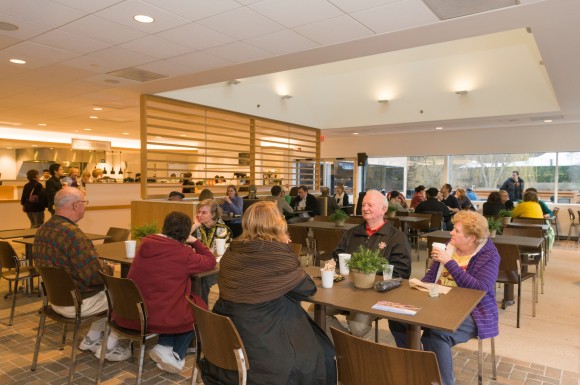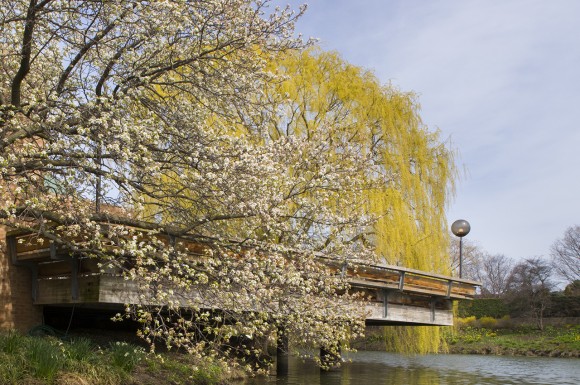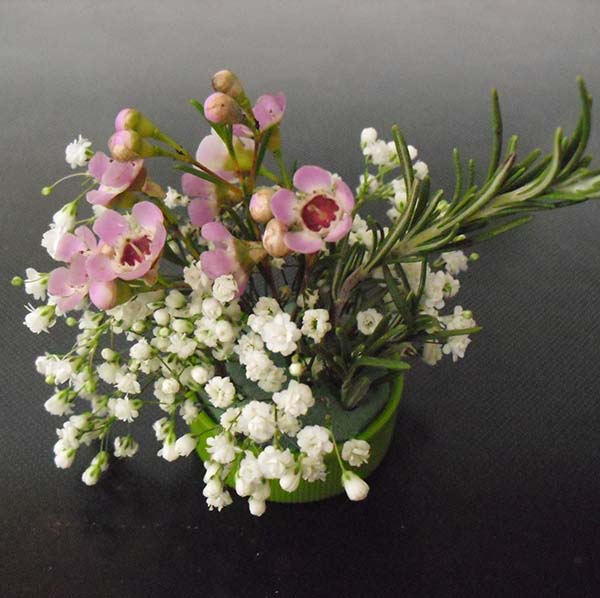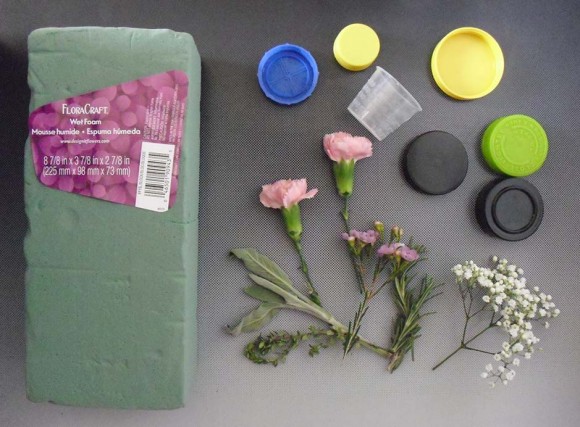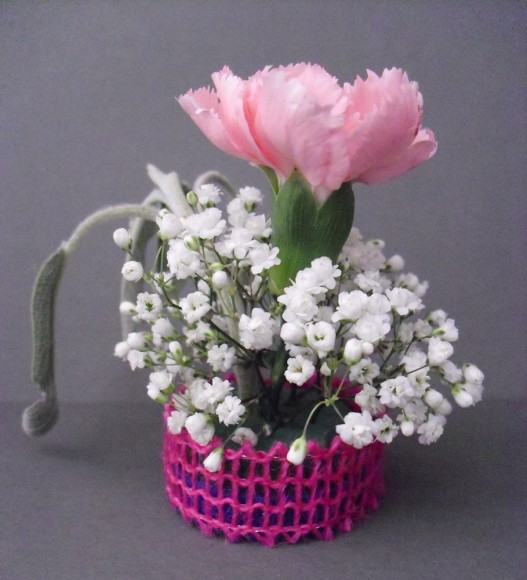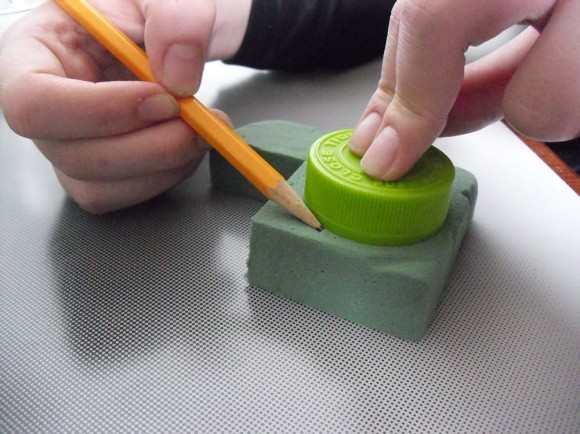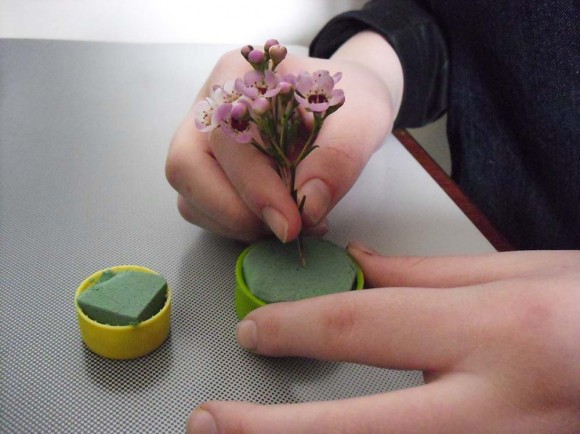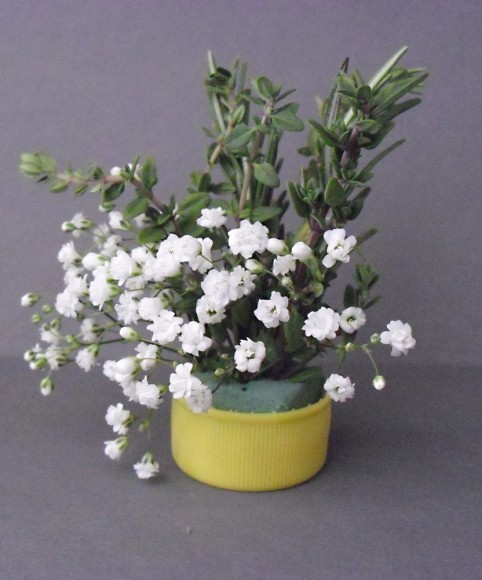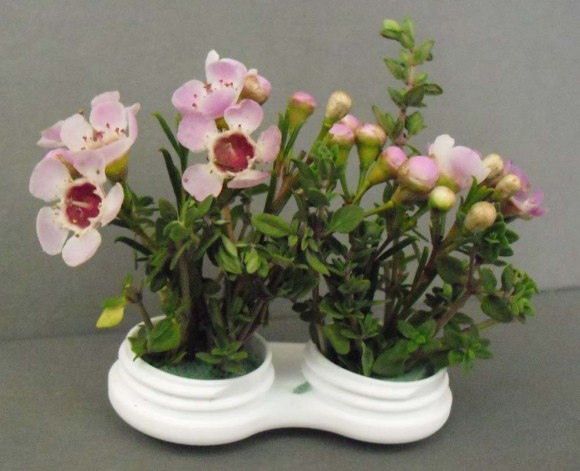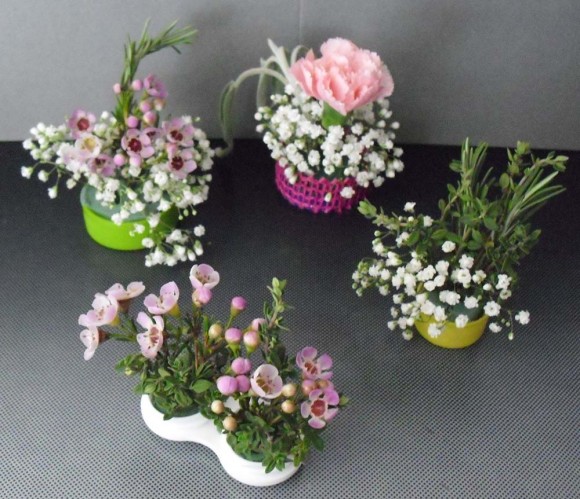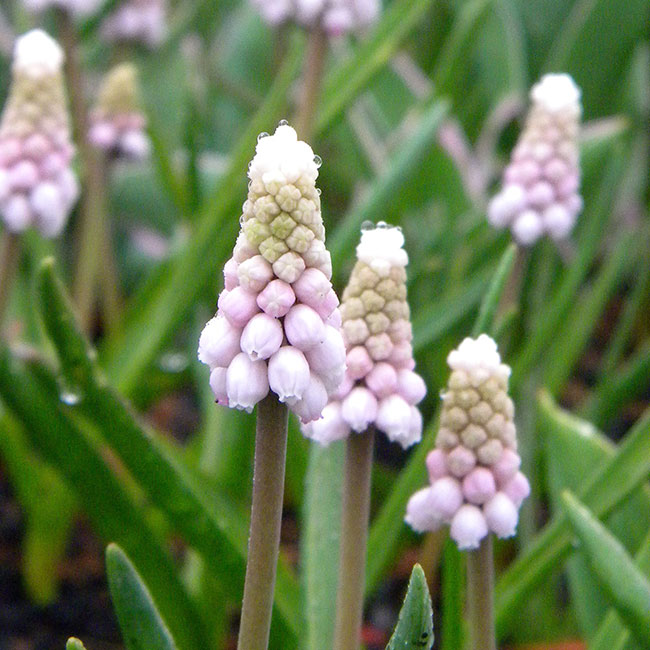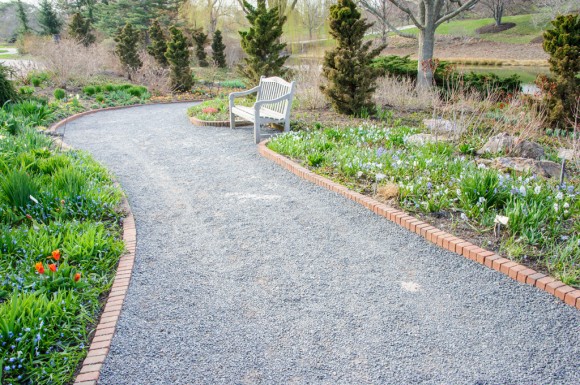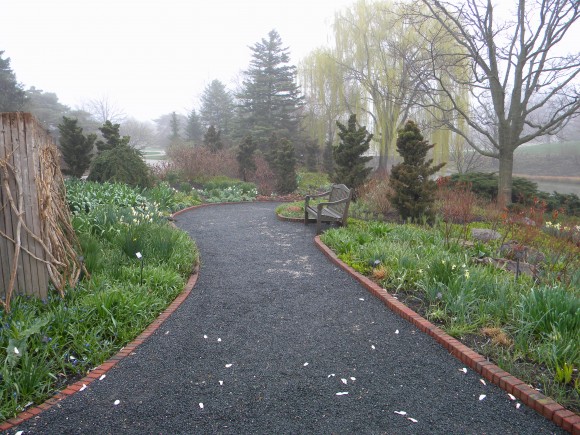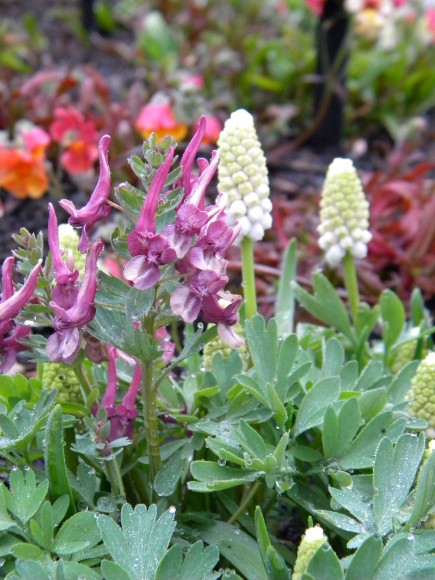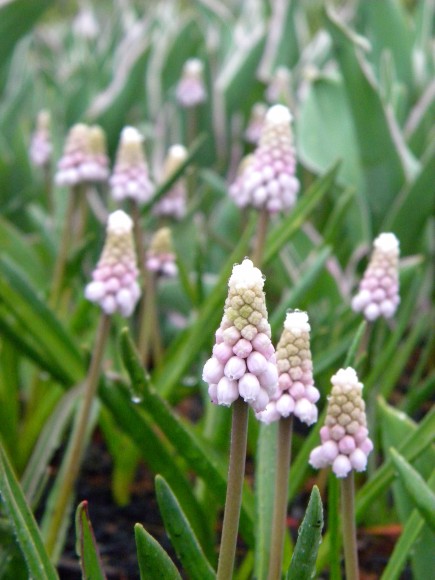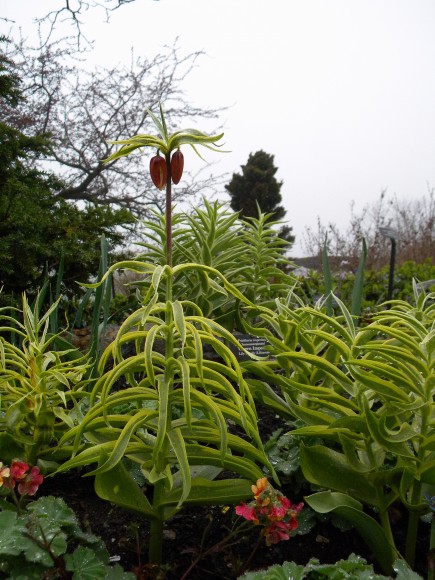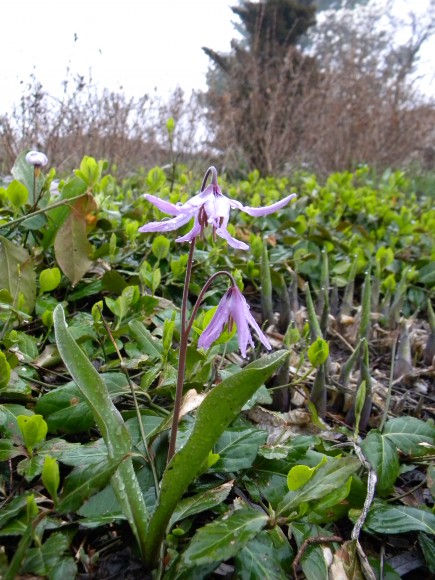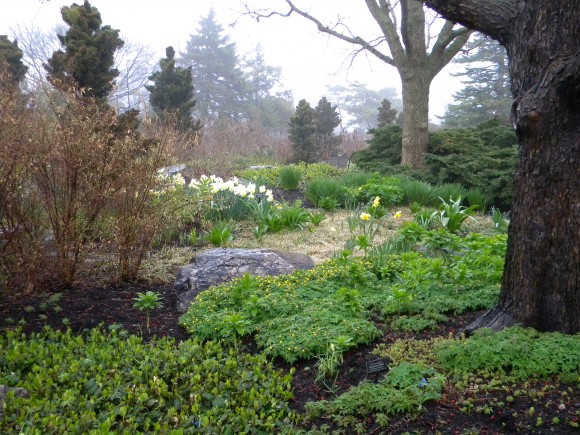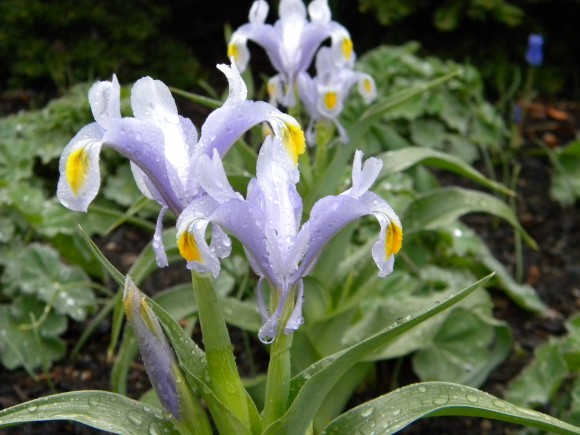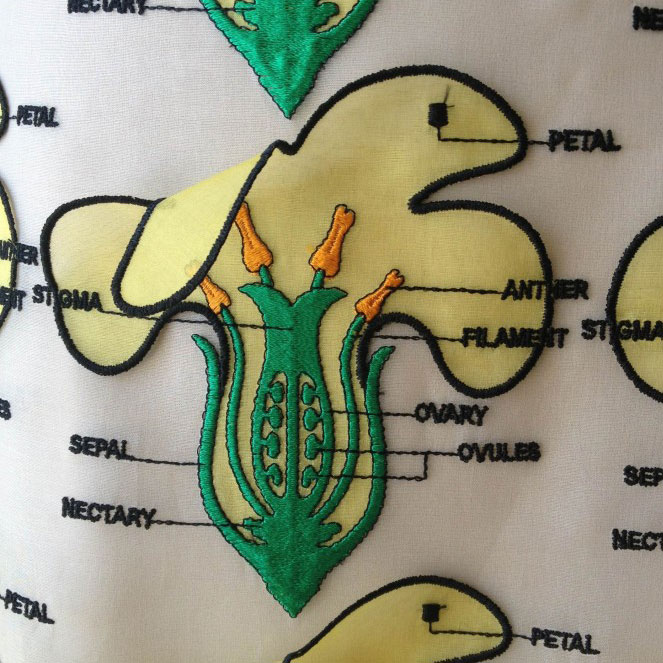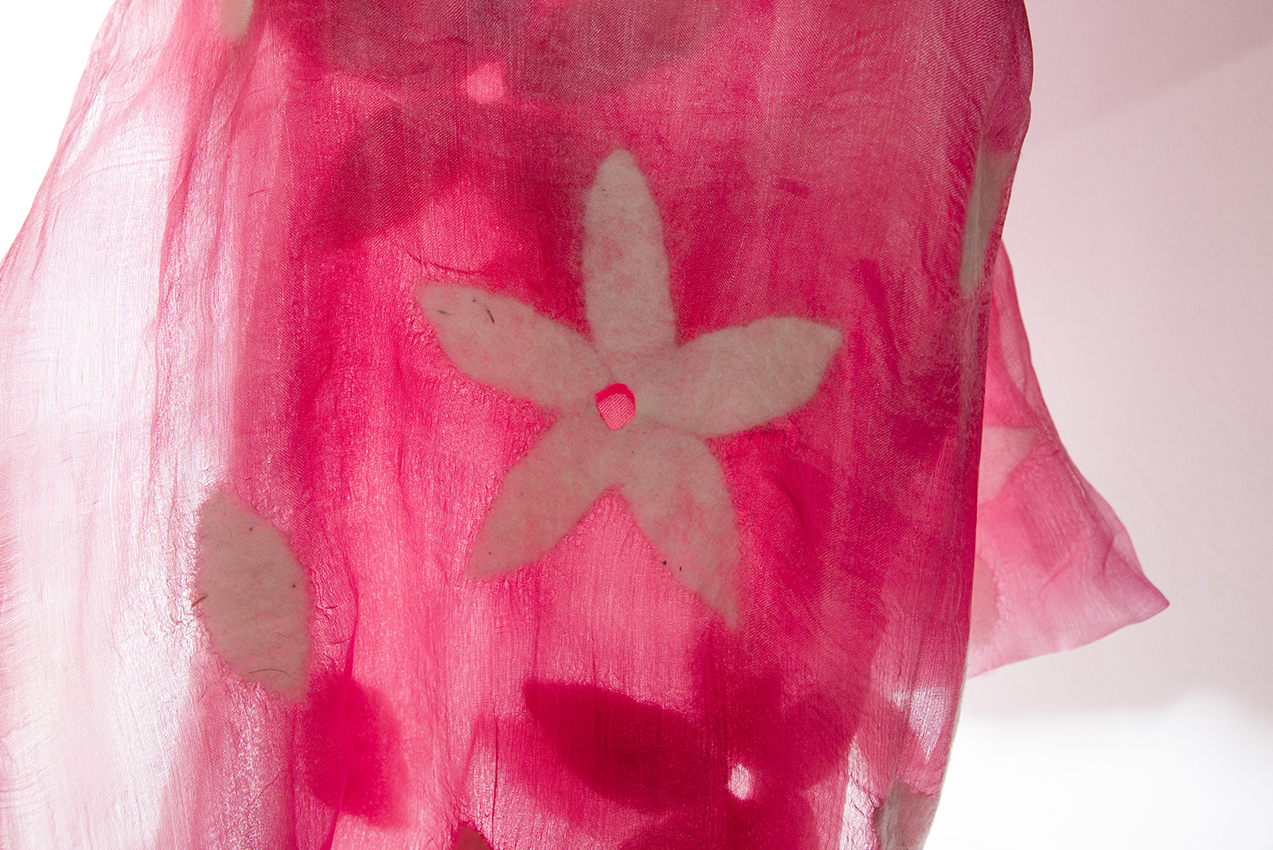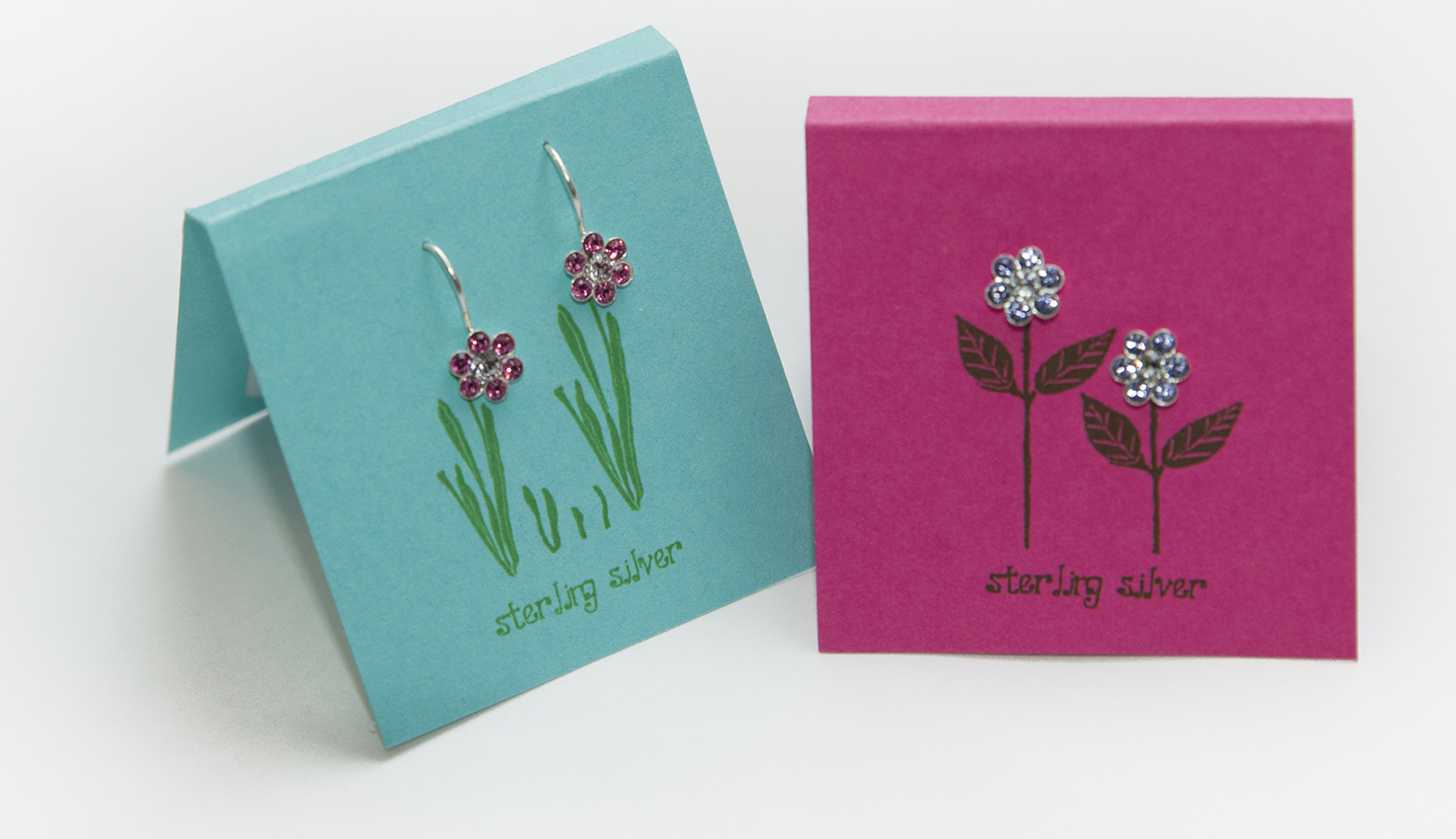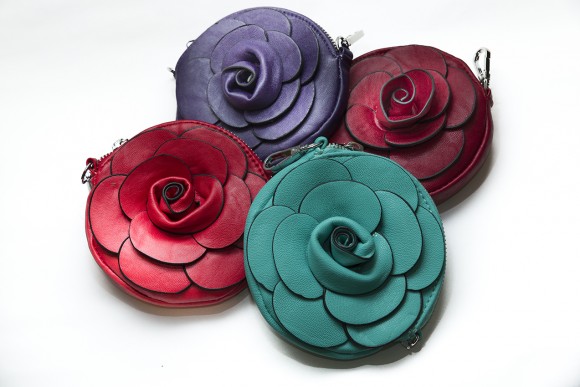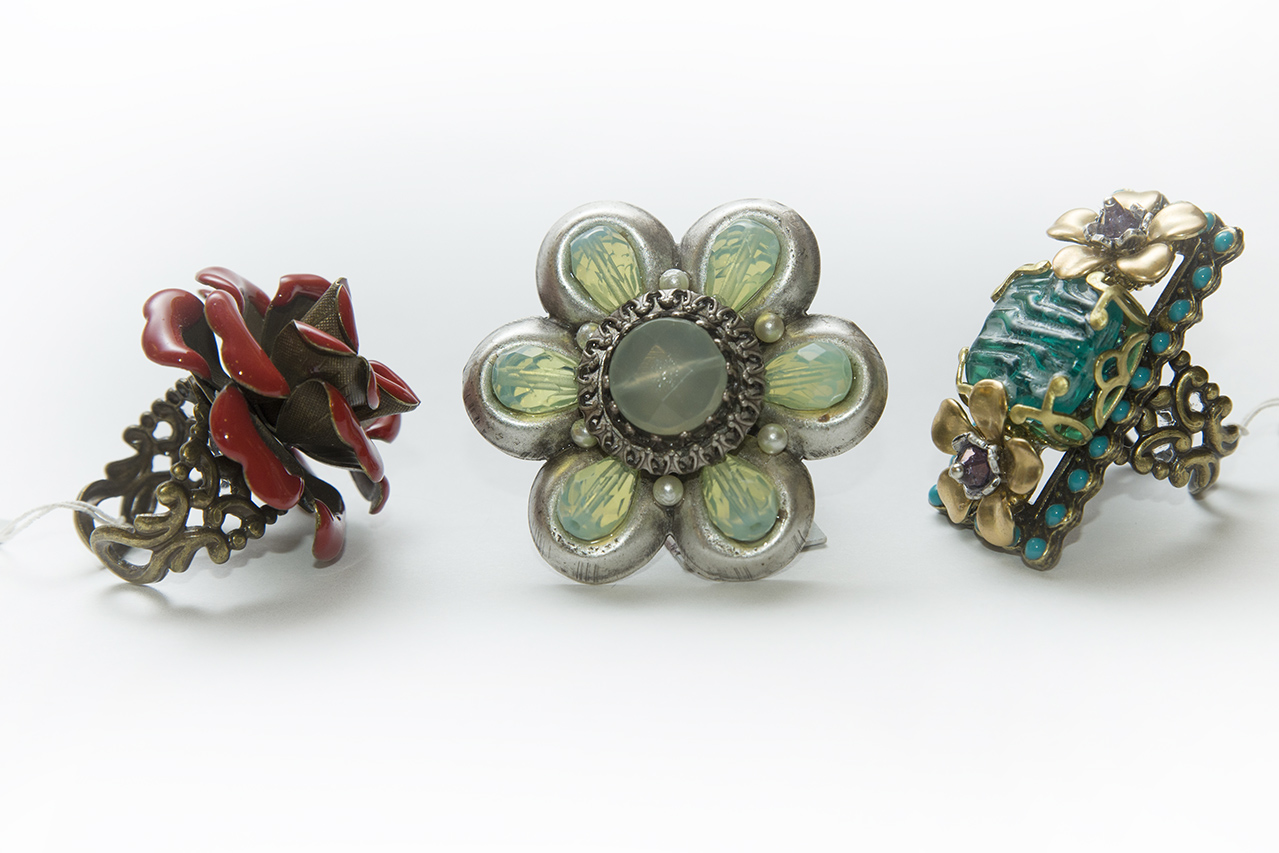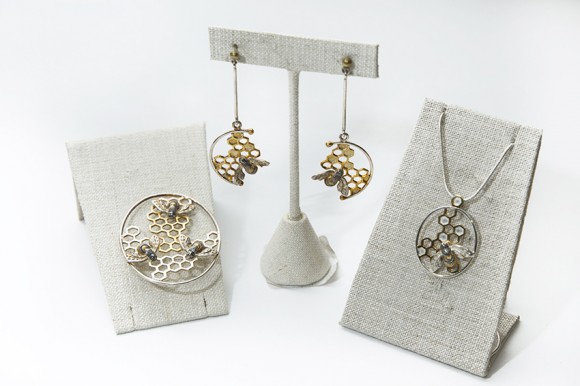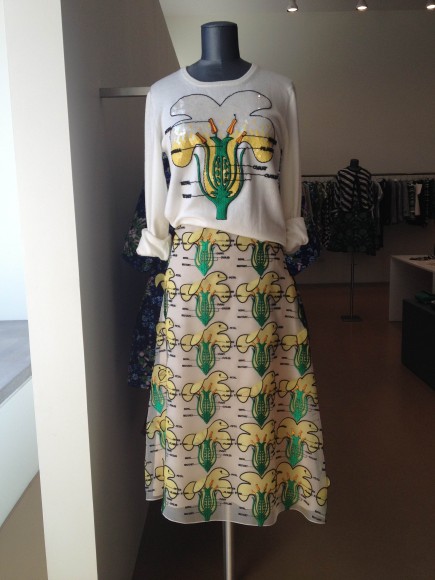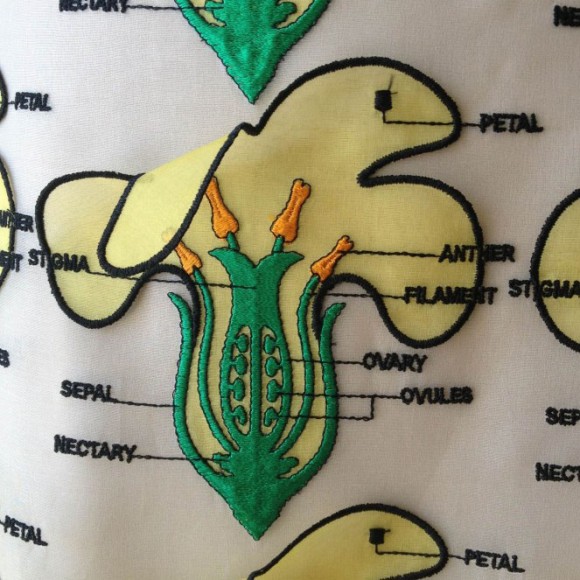“Fresh. Seasonal. Delicious.”
That’s how area executive chef Michael Kingsley describes his food philosophy at our newly re-opened/revamped (and renamed!) Garden View Café.
Let’s start with a few photos of the food—just to focus the brain.
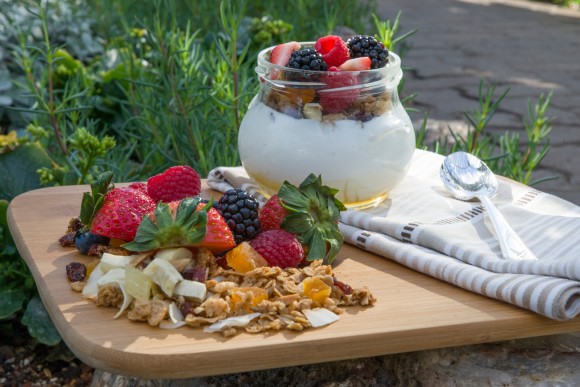
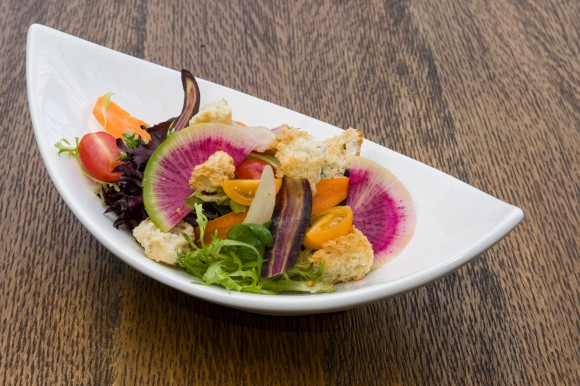
Chef Kingsley has the experience to know what those words really entail. He’s done it all in his decade-plus as a chef: cooked in the world of hotels, country clubs, and French restaurants; served VIP dinners to former President Bill Clinton, to Supreme Court Justice Ruth Bader Ginsburg, and to sommelier Alpana Singh of Check, Please! and, as area executive chef for Sodexo, overseen the restaurants at some of Chicago’s most popular public institutions.
In a fun and foodie interview, the chef explained what makes the Garden View Café’s approach so interesting.
The Menu: Seasonal and Plant-centric
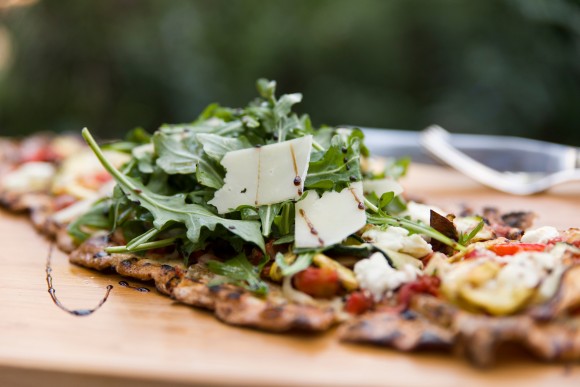
“We wanted a truly seasonal menu,” Kingsley says, “that changes three times per year, according to what grows in spring, summer, and fall. What we’re serving here is what’s really growing around here.” Of course, it takes a lot of planning to gather all the ingredients for a fresh-based café menu.
First, the chef worked closely with our horticulturists at the Regenstein Fruit & Vegetable Garden and Windy City Harvest Youth Farm to coordinate what’s being grown outside with what’s being served inside. That means some of the heirloom tomatoes, supersweet peppers, kale, onions, and carrots—the staples of the Café—are grown by the Chicago Botanic Garden itself. “Sometimes the produce picked in the morning will be used in the kitchen that afternoon,” Kingsley says. “The cross-pollination between the Café and our other Garden programs gives visitors unique access to truly fresh food.”
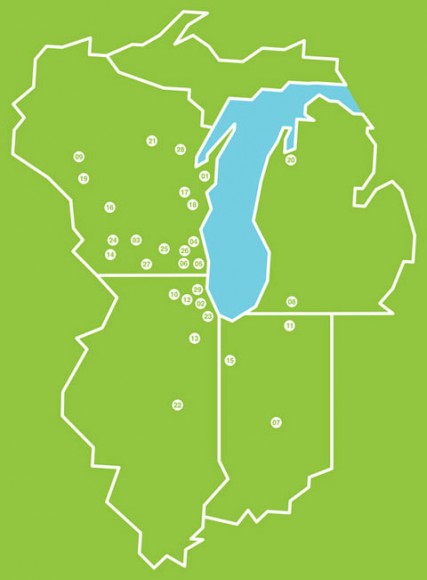
Beyond the Garden, Kingsley honed relationships with the local vendors that supply what the Garden can’t: bread from Chicago’s Red Hen Bread, pastured chickens from Indiana’s Gunthorp Farms, handmade cheeses and fresh sausages from Wisconsin’s best artisans, asparagus from Michigan’s Daisy Farms. “It’s not just that we use local chickens,” Kingsley explains, “but also that we support our neighbors—and therefore grow an economically healthy community for us all.” It’s a fantastic group of resources, whose names are proudly posted in the Café. Check out the full list of providers here.
The Service: Quick and Casual
With his resources in place, the chef turned to the how-to’s of service. How to grab a quick takeout or snack (at easy-to-browse coolers and a farmer’s table at the Café entrance). How to order from the fresh-cooked menu (walk right up to the counter at the open kitchen, where it’s prepared on the spot). How to get hot food to your table quickly (servers deliver and/or pagers buzz when it’s ready).

Two conveniences stand out:
- A Wood Stone brick-style oven. It’s big. It’s fast. It cooks Kingsley’s flatbreads (thin pizzas + yummy toppings) to crispy perfection. The daily flatbread special is always posted on the chalkboard, and there are four standard versions on the menu, too.
- Barista service. Double-skinny vanilla latte with a splash of hazelnut? No problem. At the new barista station, we proudly serve Starbucks coffee…and its full menu of hot and cold beverages. The baristas—all of whom have been trained by a Starbucks coffee master—are happy to talk roasts and brews, too.
An awesome view
It’s renamed the Garden View Café for a reason. The clean, open, airy interior lets in maximum light—and a photo-worthy view—through the big, Edward Barnes-designed windows. They act like frames around the always-changing view of the lakeside garden: daffodils in spring, flowering natives in summer, hibiscus in fall. Two outside decks (take your tray across the hall to relax with a view of Bird Island) act like the ultimate sidewalk café—except without the traffic, the concrete, or the noise.
And then there’s the food
It’s good. Really good. Because it’s local and fresh, the tastes are vibrant. Because the cooking techniques are simple, it’s healthier for you. And because the menu is in tune with the seasons, each dish satisfies. “Even the desserts are minimally produced, but full of flavor,” the chef notes. (Yes, they are: have you tried the house-made baked goods yet?)
“Of course we give out Café recipes,” smiles area executive chef Michael Kingsley. “They’re not proprietary, and they’re uncomplicated—you can make meals this way at home, too.” Three seasons’ worth of café recipes are on our website.
Kids get the healthy treatment, too (though they won’t realize it). Sure, there are chicken tenders, but they’re baked with a cornflake crust. There’s mac and cheese, with good-for-you butternut squash as a hidden ingredient. And almond butter panini with apples subs for PB&J.
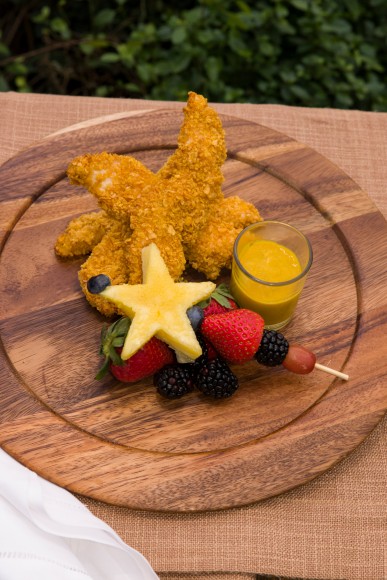
“Food at cultural institutions used to be high calorie and high fat,” Kingsley recalls. “Now, we want to educate people about how to stay healthy. The Café isn’t just a place to go out of necessity—we want you to say, ‘Let’s go eat at the Garden. The food’s great there.’ ”
We couldn’t agree more.
©2014 Chicago Botanic Garden and my.chicagobotanic.org

